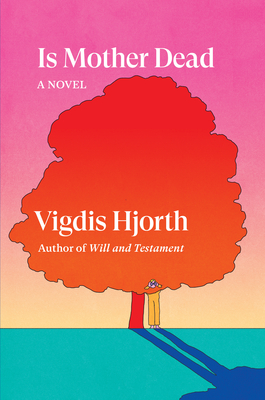What do you think?
Rate this book


330 pages, Paperback
First published January 1, 2020
Charlotte Barslund translates Scandinavian novels and plays. Recent novels translated include the Arctic crime novels The Girl Without Skin and Cold Fear by Mads Peder Nordbo, Resin by Ane Riel, which was shortlisted for the 2019 Petrona Award, and A House in Norway by Vigdis Hjorth, which was longlisted for the 2019 International Dublin Literary Award. Her translation of Per Petterson’s I Curse The River of Time was shortlisted for the Independent Foreign Fiction Prize. She has worked with writers such as: Samuel Bjork, Jo Nesbo, Karin Fossum, Thomas Enger, Jonas T. Bengtsson, Carsten Jensen, Lotte and Søren Hammer, Lone Theils, Steffen Jacobsen, Sissel-Jo Gazan, Jakob Melander, Jesper Stein, and Lene Kaaberbøl. She lives in the UK.